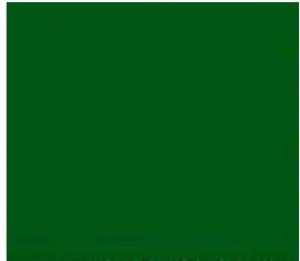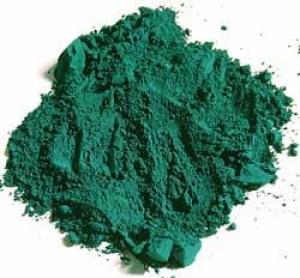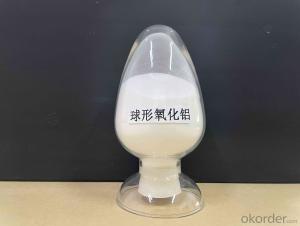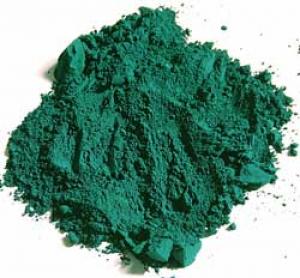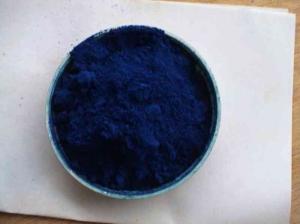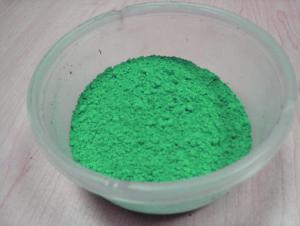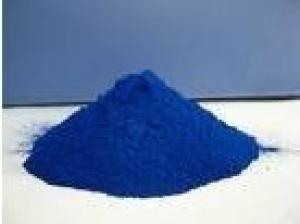Phthalocyanine Green G For masterbatch
- Loading Port:
- Qingdao Port
- Payment Terms:
- TT or LC
- Min Order Qty:
- 1 Metric Ton m.t.
- Supply Capability:
- 7,500MT/Year m.t./month
OKorder Service Pledge
OKorder Financial Service
You Might Also Like
Product Detail Of Phthalocyanine Green L8710 | |||||
Chemical Structure | CuPc Halide | ||||
Color Index No. | PG 7/74260 | ||||
Application | Paint | ||||
Physical Form | powder | ||||
| |||||
Test Items | Index | Test Method | |||
Relative Tinting Strength | 100 +_5% | DIN55986 | |||
ΔE,ΔL,Δa,Δb | ≤1,+1,+1,+1 |
| |||
| |||||
Items | Index | Test Method | |||
PH | 6.5~8 | DIN ISO 787-9 | |||
Density 20℃ g/cm3 | 2.1 | DIN ISO 787-10 | |||
BET m2/g | 61 | DIN 66131 | |||
Oil absorption g/100g | 32~42 | DIN ISO 787-5 | |||
105℃ Volatile Matter | ≤1.0% | DIN ISO 787-2 | |||
Water Solubles | ≤1.5% | DIN ISO 787-13 | |||
Residue on Sieve 100 mesh | ≤5% | DIN 53195 | |||
| |||||
Solvent Resistance | Index | Test Method | |||
Water | 5 | DIN ISO 105-A03 | |||
White Spirit | 4~5 | DIN ISO 105-A03 | |||
Ethanol | 4~5 | DIN ISO 105-A03 | |||
Acetone | 4~ 5 | DIN ISO 105-A03 | |||
Di methylbenzene | 4~5 | DIN ISO 105-A03 | |||
| |||||
Tolerance | Index | Test Method | |||
Light Fastness | 8 | DIN ISO 105-A03 | |||
Weather Resistance | 5 | DIN ISO 105-A03 | |||
Acid Resistance | 5 | DIN ISO 105-A03 | |||
Alkali Resistance | 5 | DIN ISO 105-A03 | |||
Hot Resistance | 230℃ |
| |||
Packing Details Of Phthalocyanine Green L8710 :
25kg/ PP bag , or as your requirements.
Applications Of Phthalocyanine Green :
1) Printing ink
2) Paint
3) Plastic
4) Rubber
5) Pharmaceuticals
6) Printing colors
7) Highly dispersible
8) High density pigment used for addition of coloration
9) Limited anti-dissolvent and anti-flocculability
10) High temperature resistance and sunshine resistance
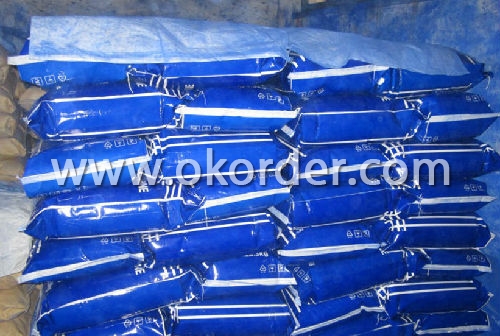
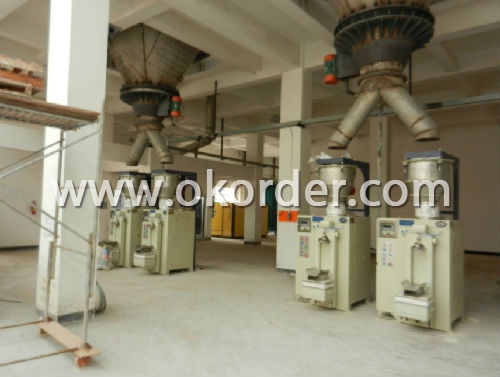
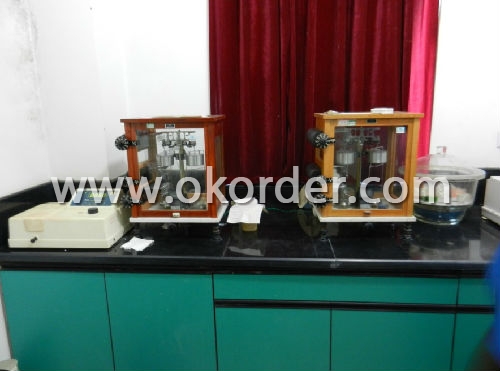
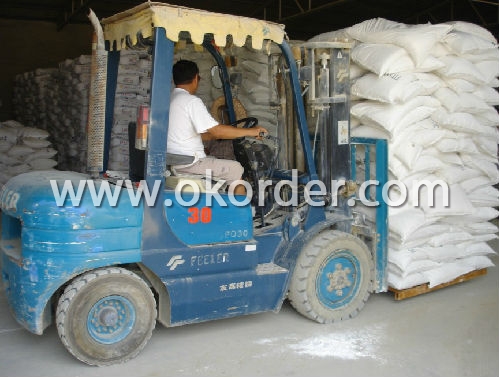
- Q:what is the relationship between chlorophyll a, accessory pigment?
- Sativa- uplifting, high, trippy, baked out of your gourd, ****** up, spacy Indica- passing out, baked, stoned, sleepy, couchlock, retarded, weird dreams
- Q:How do you use pigments?
- technically, pigment is a coloured mineral of a few type it relatively is floor as fantastic as available. (i.e., cobalt is blue, iron produces reds, etc.) Pigment is a similar whether it fairly is in cosmetics, ceramics, or in paint. in spite of the undeniable fact that, cutting-ingredient chemical ingredients can even have the end results of coloring the ingredients of cosmetics, yet that would lead them to a colorant, no longer a pigment.
- Q:What is a pigment and their function in photosynthesis?
- a pigment is any substance that absorbs light. chlorophyll, the green pigment common to all photosynthetic cells, absorbs all wavelengths of visible light except green, which it reflects to be detected by our eyes. black pigments absorb all of the wavelengths that strike them. white pigments/lighter colors reflect all or almost all of the energy striking them. pigments have their own characteristic absorption spectra, the absorption pattern of a given pigment. a photosynthetic pigment or chloroplast pigment is a pigment that is present in chloroplasts or photosynthetic bacteria. its function is to capture the light energy necessary for photosynthesis. :)
- Q:i love makeup so mucch im like addicted...lol but the only thing is that i only buy that department or drug store brands cause i cannot afford high quality brands. the one that i buy are good for me,,but anyways i was wondering what the heck is mac eyepigment,,what is the diffrence between eyeshow and pigment? pleas help thank u,,,oh yeah and what does it look,like on the eyes?
- Mac pigments are great to use if you love makeup like myself. I use this one called frost and it's great for mixing your eyeshadows, as a highlighter, and even mix it with your lipstick or lip glosses. This other one i have is pot of gold or something like that , but i mainly use it on my eyes and maybe a lil with my lip gloss. It's has a shimmer look to it, so a little goes a long way, but it's pretty much versitile. I also use pigment by loreal and i like the colors it does work , but not as good as Mac, but the you need to spend some money on good makeup brushes , that way you it will go on evenly and won't make you look like a racoon. Hope this helps
- Q:a question on my photosynthesis test review...=_=
- Pigments such as chlorophyll that are green color the plant using raw materials.
- Q:Why do algae contain pigments other than just chlorophyll?
- they stay underwater...the water swollows easy in a definite sequence, so the deeper they stay the greater distinctive is the easy and that they elect different pigments than landplants.
- Q:Pleaseeeeee answer A.S.A.P Pleaseeee! Are pigments haram?
- Most pigments for dyes and paints come from plants or minerals. What exactly do you need? The second part of your question about haram, needs some explanation, too.
- Q:what roles do pigments have in energy transfer?
- Pigments okorder /... When a photon of just the right amount of energy strikes an electron resonating in the pigment, the electron can absorb the photon and get promoted to a higher quantum level. The photon must have just the exact amount of energy to boost the electron from its current level to its new level or it cannot be absorbed. If the incoming photon is just right to promote an electron, in that pigment, the newly energized electron resonates along the bonds at the higher energy level where it can pass to the photosynthetic reaction center from the pigment array, to split water and take back an electron. Meanwhile the chlorophyll's electron passes to the electron transport chain to begin oxidative phophorylation.
- Q:If you could explain it to me I would be very happy!
- Accessory pigments are light-absorbing compounds, found in photosynthetic organisms, that work in conjuction with chlorophyll a. They include other forms of this pigment, such as chlorophyll b in green algal and higher plant antennae, while other algae may contain chlorophyll c or d. In addition, there are many non-chlorophyll accessory pigments, such as carotenoids or phycobiliproteins which also absorb light and transfer that light energy to photosystem chlorophylls. Some of these accessory pigments, particularly the carotenoids, also serve to absorb and dissipate excess light energy, or work as antioxidants.
1. Manufacturer Overview |
|
|---|---|
| Location | Henan ,China |
| Year Established | 1970 |
| Annual Output Value | Above US$100 Million |
| Main Markets | North America; South America; Eastern Europe; Southeast Asia; Africa; Oceania; Mid East; Eastern Asia; Western Europe; Southern Europ; South Asia |
| Company Certifications | REACH, ROSH,SVHC 53 Items Certificate ,SGS,CIQ,ISO9001:2008 |
2. Manufacturer Certificates |
|
|---|---|
| a) Certification Name | |
| Range | |
| Reference | |
| Validity Period | |
3. Manufacturer Capability |
|
|---|---|
| a)Trade Capacity | |
| Nearest Port | Xingang Port |
| Export Percentage | 51% - 60% |
| No.of Employees in Trade Department | 300 People |
| Language Spoken: | English; Chinese;Spainsh; Farsi;French;German |
| b)Factory Information | |
| Factory Size: | Above 90,000 square meters |
| No. of Production Lines | Above 3 |
| Contract Manufacturing | Design Service Offered; Buyer Label Offered;OEM |
| Product Price Range | Rock Bottom Price With Best Quality |
Send your message to us
Phthalocyanine Green G For masterbatch
- Loading Port:
- Qingdao Port
- Payment Terms:
- TT or LC
- Min Order Qty:
- 1 Metric Ton m.t.
- Supply Capability:
- 7,500MT/Year m.t./month
OKorder Service Pledge
OKorder Financial Service
Similar products
New products
Hot products
Related keywords
